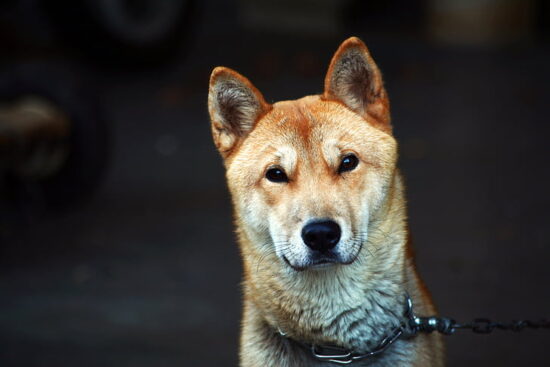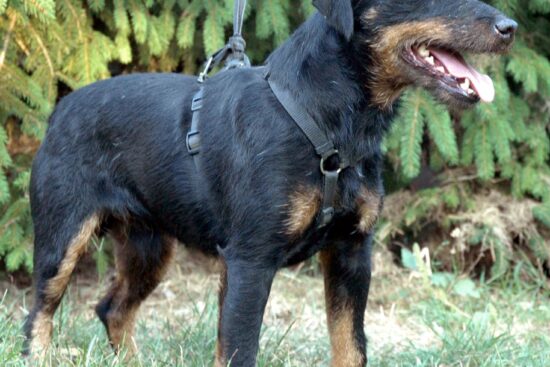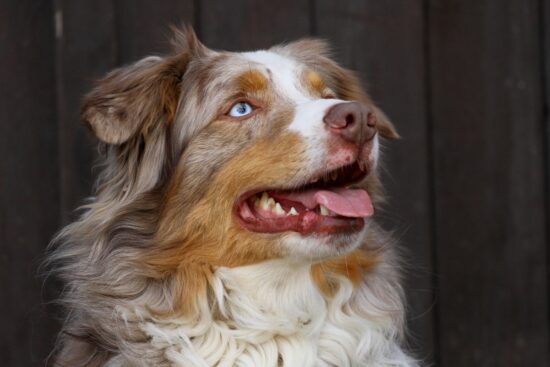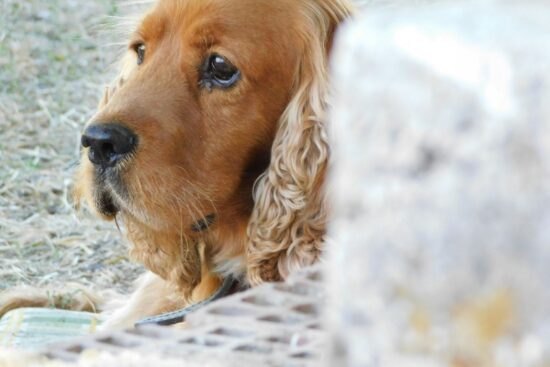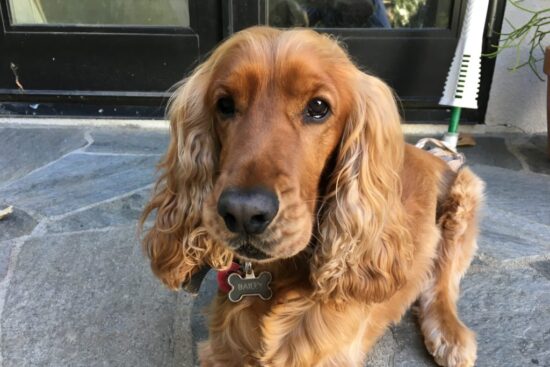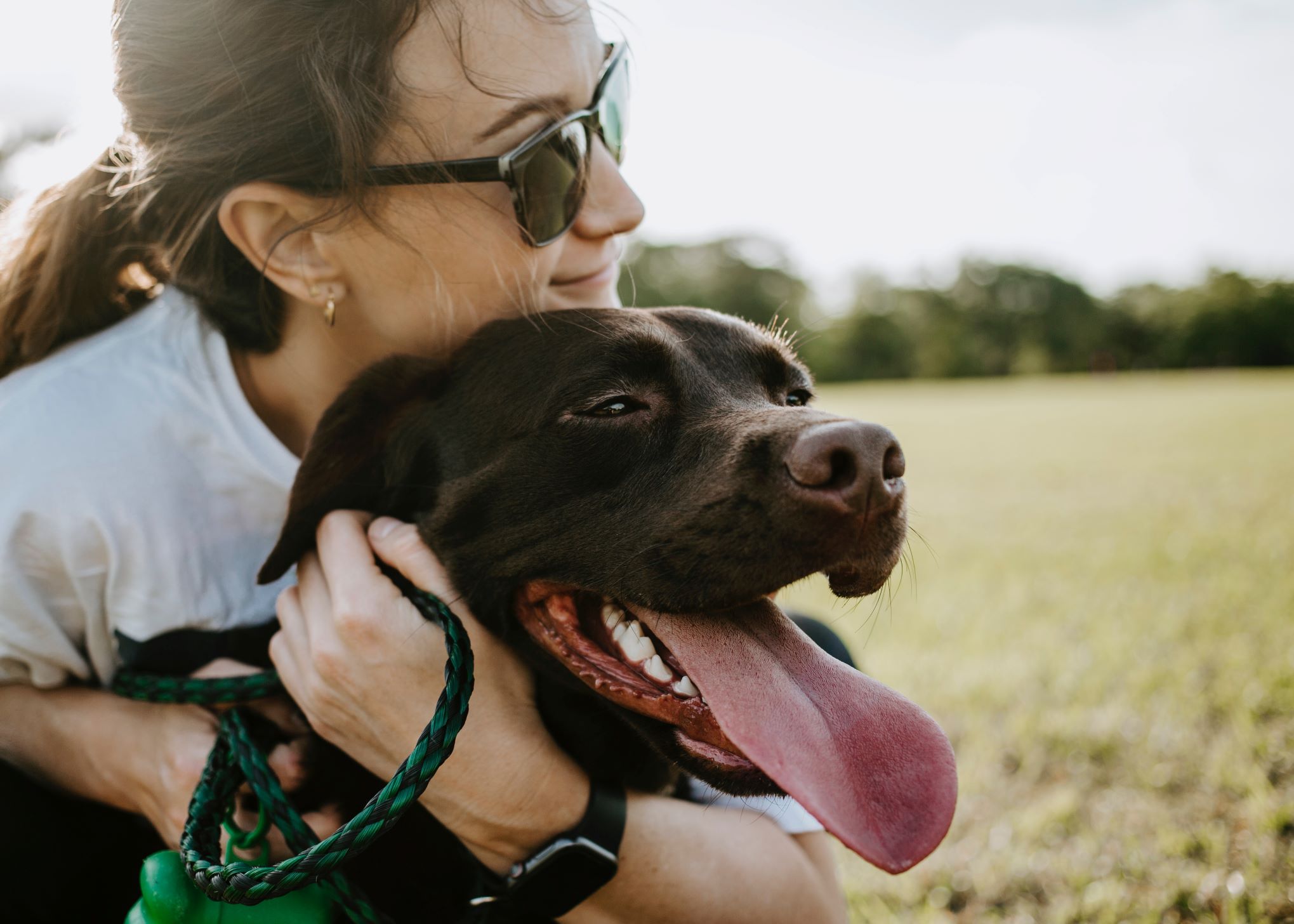
As devoted dog owners, we cherish the moments spent with our four-legged companions. However, there are times when we must leave them alone due to work, errands, or social commitments. For some dogs, being left alone can trigger separation anxiety, leading to stress and behavioral issues. Understanding and addressing separation anxiety is crucial for ensuring your dog feels secure and calm when you’re away. In this blog post, we will explore effective strategies to ease separation anxiety in dogs, helping you create a safe and comfortable environment for your furry friend even when you’re not around.
What is Separation Anxiety?
Separation anxiety is a condition in which dogs experience distress when separated from their owners. Common signs of separation anxiety include excessive barking, destructive behavior, urinating or defecating indoors, and incessant pacing. It’s essential to recognize these signs to address the issue promptly.
Gradual Desensitization
One of the most effective strategies to cope with separation anxiety is gradual desensitization. This involves exposing your dog to short periods of alone time and gradually increasing the duration over time. Start with brief absences and return before your dog becomes anxious. Gradually lengthen the time you’re away, rewarding your dog for calm behavior when you return. The American Veterinary Medical Association (AVMA) offers insights into understanding and managing separation anxiety in dogs.
Create a Safe Space
Designate a cozy and secure area for your dog when you’re away, such as a comfortable crate or a specific room. Add familiar items like their favorite toys, bedding, and clothing with your scent. This safe space can provide comfort and reassurance, reducing anxiety when you’re not home.
Exercise and Mental Stimulation
Regular exercise and mental stimulation are vital for a dog’s well-being. Before leaving, engage your dog in physical activities and interactive games to tire them out. A tired dog is more likely to be relaxed and less anxious during your absence.
Calming Aids
Consider using calming aids like pheromone diffusers or sprays, which emit natural scents that can help soothe anxious dogs. Consult your veterinarian to determine if such aids are suitable for your dog’s specific needs.
Avoid Punishment
Punishing a dog with separation anxiety can exacerbate their distress. Instead, be patient and avoid making departures and returns overly emotional. Stay calm and relaxed to model the behavior you want your dog to exhibit.
Separation anxiety can be distressing for both dogs and their owners. By implementing these strategies and understanding your dog’s needs, you can help them feel more secure and at ease when you’re away. Remember, coping with separation anxiety requires patience and consistency, so be prepared to invest time in helping your dog overcome their fears.
If you’re struggling to manage your dog’s separation anxiety, don’t hesitate to seek professional advice from a certified dog behaviorist or a veterinarian specializing in behavioral issues. With care, understanding, and support, you can create a loving and secure environment for your furry companion, ensuring they feel safe even when you’re not by their side.
External Links:












